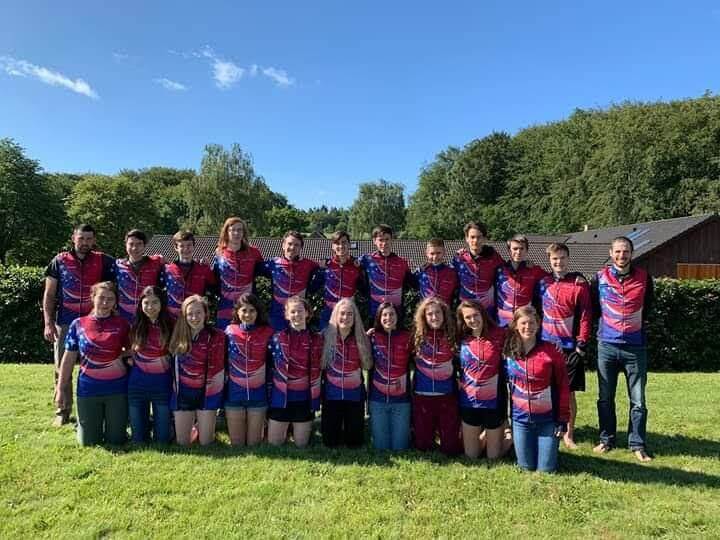2020 JWOC Team Selection Criteria
The JTESC has published the Selection Criteria for choosing the team to represent the U.S. at the 2020 Junior World Orienteering Championships, to be held in Turkey from June 27 to July 3.
Selection Criteria1
Being a Junior National Program member is a plus; Junior National Team applications are due Sunday, December 15.
- Document no longer available ↩︎
















